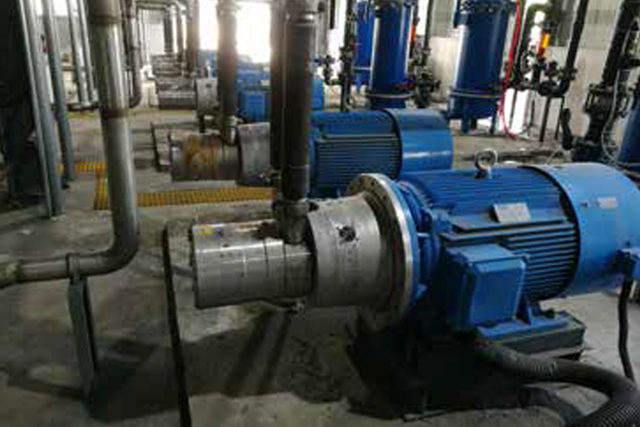TDR engineers were familiar with Danfoss APP technology from other wastewater projects. “TDR has been using APP pumps to treat wastewater for an industrial park in another BOT project in Inner Mongolia for a number of years now,” Sun explains. “Based on this experience, both they and we had full confidence that our profitability calculations for this new ZDL project were reliable, and that the project will meet both our customer’s and the end user’s expectations completely for the duration of the 10-year contract and beyond.”
As is the case with TDR’s other build-own-transfer (BOT) projects, the Chuan Ning Biological contract was based on
wastewater volume: Chuan Ning pays a fixed rate per cubic meter of treated water. This means that TDR’s incentive to treat the wastewater as cost-efficiently as possible was high. “Over the course of the 10-year BOT period, energy costs to
power the high-pressure pumps are the most important cost driver,” says Sun. “But maintenance costs for so many pumps are also a critical consideration. APP pumps are outstanding OPEX performers in both regards.”

